New Zealand, Bangladesh and beyond: Where travellers are heading to now
Recent luxury travel reports and events reveal new and familiar destinations, with intentional travel and storytelling as key guiding factors.

Off-the-beaten-path destinations are gaining popularity amongst luxury travellers. (Photo: Preferred Hotels)

This audio is generated by an AI tool.
In July 2025, Marriott International Luxury Group released a comprehensive report titled The Intentional Traveler. In the survey with 1,750 Ultra-High-Net-Worth (UHNW) individuals in Asia Pacific (APAC), travellers revealed that their top aim is to discover a new destination while on holiday.
Australia reigned as their top choice, followed closely by Japan, and then Hong Kong before mainland China.
While they still travel to familiar cities in these countries, their itineraries are more adventurous and include secondary cities. For instance, less-crowded destinations like Fukuoka and Nagasaki are being explored more alongside Tokyo and Osaka; in Australia, it’s Brisbane, Perth and Canberra, aside from Melbourne and Sydney.
This year, intentional travel becomes even more important to UHNW travellers, as reflected in the title of the new Luxury Group report, The Intentional Traveler. This is despite an increasing number of HNW travellers planning to return to familiar cities with convenient regional access.
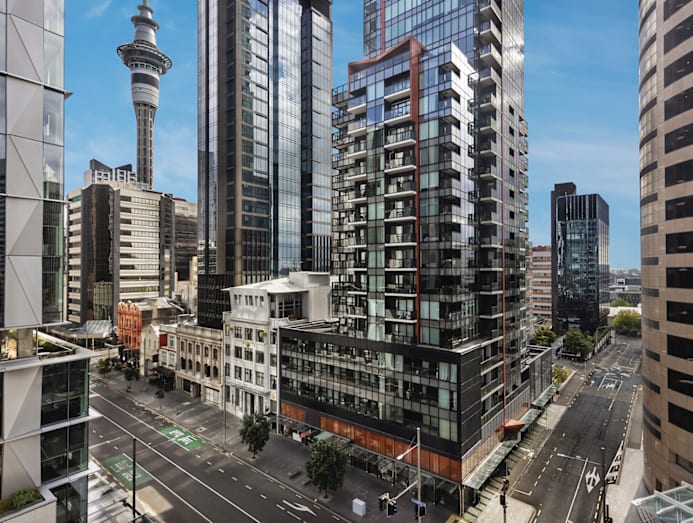
“The key is not about playing it safe – it’s about deepening experiences in places that already hold meaning,” the report found, highlighting top destinations emerging from this trend to be Bangladesh, New Zealand and Cambodia.
“From historic Dhaka to lush forests with sightings of Bengal tigers, Bangladesh is rising on the radar, particularly for travellers in nearby Thailand. HNW travellers are drawn to New Zealand – already with a developed network of high-end hospitality properties embedded in nature – for its dramatic landscapes, and a sense of exclusivity that feels both remote and refined,” the report found.
Meanwhile, Cambodia beckons due to the ease of direct flights to Phnom Penh from Vietnam, Thailand, mainland China and Hong Kong, Japan and South Korea. The country also offers many iconic cultural heritage sites.
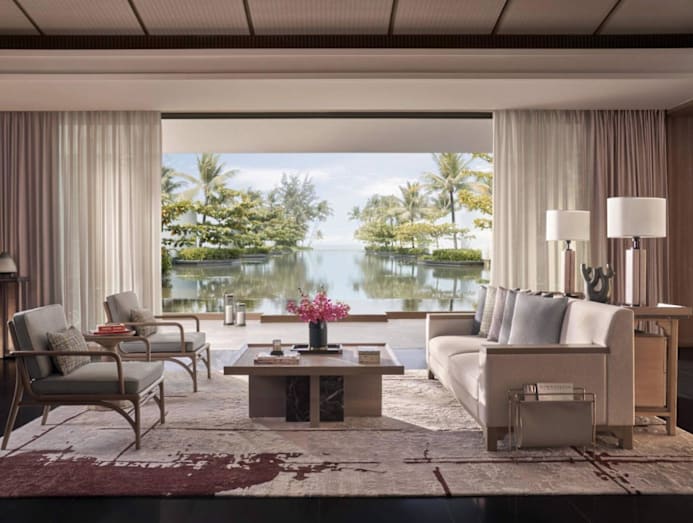
In Vietnam, Tom Rowntree, vice president of Luxury Brands of IHG Hotels & Resorts, highlighted Phu Quoc as a new destination of interest for luxury travellers. Halong Bay is also gaining tourist traction, before or after a few days in Hanoi.
He shared this during this year’s International Luxury Travel Market (ILTM) Asia Pacific event, which was held from Jun 29 to Jul 2 at Marina Bay Sands. A total of 741 travel luxury advisors attended, representing UHNW travellers from 22 countries across APAC. We gleaned more insight from other industry experts at the event regarding reigning travel patterns.
TRAIN TRAVEL AND ROAD TRIPS
Donny Yip, senior director of sales APAC at Small Luxury Hotels of the World (SLH) echoed the increasing number of luxury travellers venturing out of main cities. This is in large part due to improved connectivity between cities that makes the transit fuss-free and less daunting.
Destinations that can be easily connected by high-speed rail are particularly attractive “because travellers will use a gateway city as the starting point, and then travel along [train] routes, do a stopover somewhere and continue on their journey,” Yip analysed. “They can shorten travel time and maximise their time in the destination.”
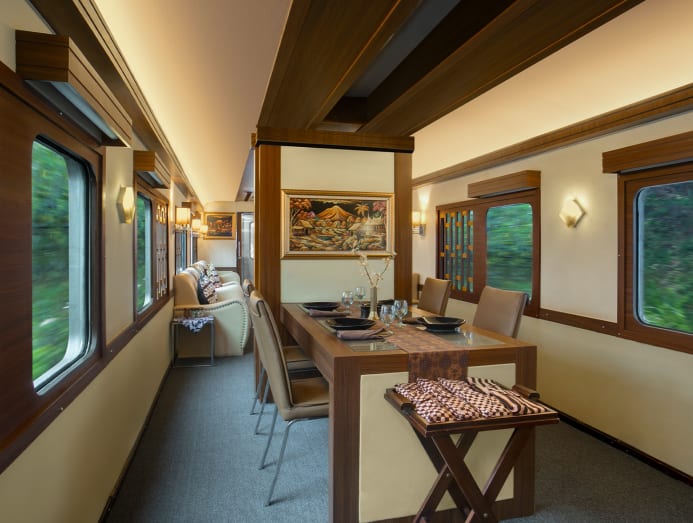
Mainland China is one such country where the train lines have had a vital effect on travel. Five to six years ago, most travellers wanting a short getaway in the region would readily choose destinations like Thailand based on the convenient three-hour flight time, Yip reflected. Now, with easy rail travel, a single plane journey to a key city can equate to multiple destination explorations as travellers hop on a high-speed train and move from the main city to the countryside in one or two hours.
Apart from train journeys, road trips to discover destinations also fuel journeys to second- and third-tier cities or the countryside, drawn to discover local traditions, cultures and produce – especially in places like Japan. Couples in their mid-30s are a key demographic of this travel mode, shared Yip.
“They will find special things along the pit stops while driving along the highway, exit then explore a little town without any planning; they just want to discover.”
SOUTHEAST ASIA HOTSPOTS
Travellers drawn to SLH’s curated list of hotels often plan their itinerary using the properties as a starting point. Beyond typical five-star hotels, properties like those in SLH’s portfolio feed the attraction of less-trodden destinations as the curated hotel experiences are often tied to locations off the main tourist track.
This is similar to travel companies like Preferred Hotels & Resorts. James Koh, its regional director, Southeast Asia and Pacific, said: “We focus on destinations or hotels that will be able to offer these experiential stays.” He too has observed travellers heading to familiar countries but exploring lesser-known cities within Southeast Asia – with a popular choice being Bali.
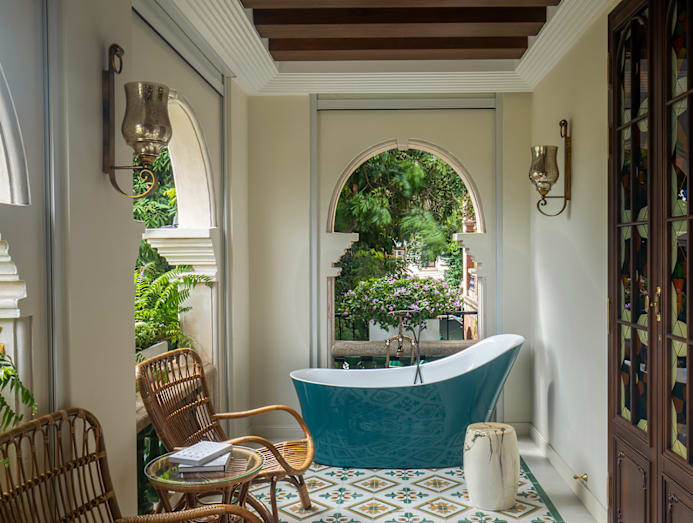
While put off by the island’s often-standstill traffic, Koh noted that travellers still cannot resist its charm but more are going north to hotels that are designed for travellers to be away from saturated spots. Reiterated Yip, “Bali is old news but there are still a lot of people going there. However, they no longer look at traditional towns like Seminyak or Canggu; they are heading to Uluwatu or even Ubud nowadays – cities higher up north.”
In Thailand, places like Ko Chang and Khao Yai are gaining popularity, particularly for experiences like glamping. SLH’s entry into markets gives insight into future-trending destinations. The Group has signed on properties in new places such as Hoi An, Goa, the Western Himalayas, Riga and Girona.
New hotels include Huang Yan 36 Hotel in Xiamen, located on Gulangyu Island where cars are not allowed, and INTO Hotel Chibi in Hubei that brings travellers to the peaceful countryside.
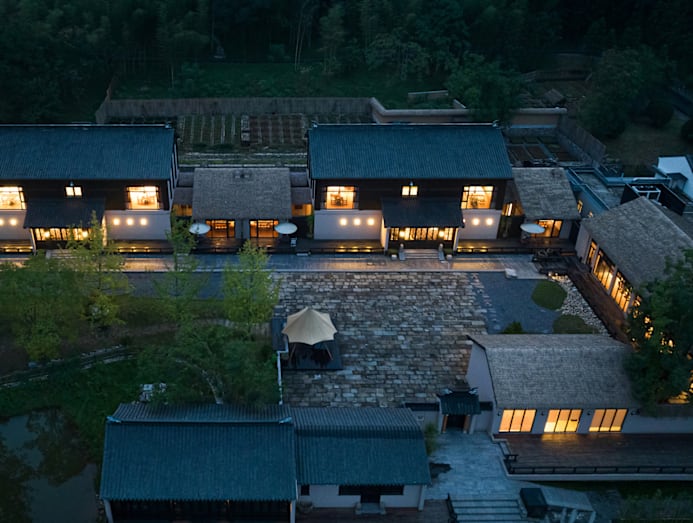
STORYTELLING AS A KEY FACTOR
Similar to findings of intentional travel in The Intentional Traveller report, Koh also discovered that many UHNW travellers now choose their destinations based on experiences rather than location. “In Europe, they are looking for castles to bring their young children. It’s part of the parents’ objective to expose them; it’s part of education. So for example, it’s no longer about just heading to Germany, but planning a trip based on what [experiences] are out there to be immersed in.”
He stressed that the learning factor is key, even in Bali and Hong Kong – as long as these places have very curated experiences. “This is the way now for luxury hotels,” Koh noted as he reflected on what properties need to market. “People don't buy what you sell anymore; they buy the ‘why’ – things that your next-door competitor will not be able to put together.”
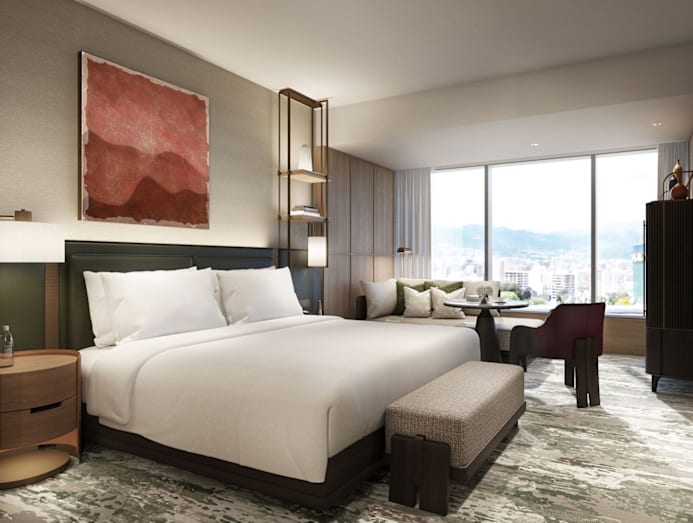
Benjamin Leitgeb, general manager of InterContinental Sapporo, believes that the opening of the city’s first luxury five-star hotel will see more international travellers coming intently to Sapporo rather than using it as an airport pit stop to Niseko during the skiing season. It will entice HNW travellers who consider the elevated service and top amenities of familiar luxury hotel brands as indispensible to their travel experience to consider staying in the city longer.
“Sapporo is an amazing destination for people who have been to Japan two or three times but want to do something new,” Leitgeb said. The appeal is similar to a city like Fukuoka – Japan’s seventh largest city as offering “a lot of the charm of Tokyo and Osaka but being a little less scouted and smaller, feels more intimate.”
He listed: “You can go ice fishing in the morning then do your luxury shopping after lunch. There are 54 Michelin-starred F&B destinations to choose from for dinner, a wine festival and Christmas market [come year’s end], so you can do so much in one day. You can also go dog-sledding and if you move farther, you can do whale watching.”
SEEING VIA SEA JOURNEYS
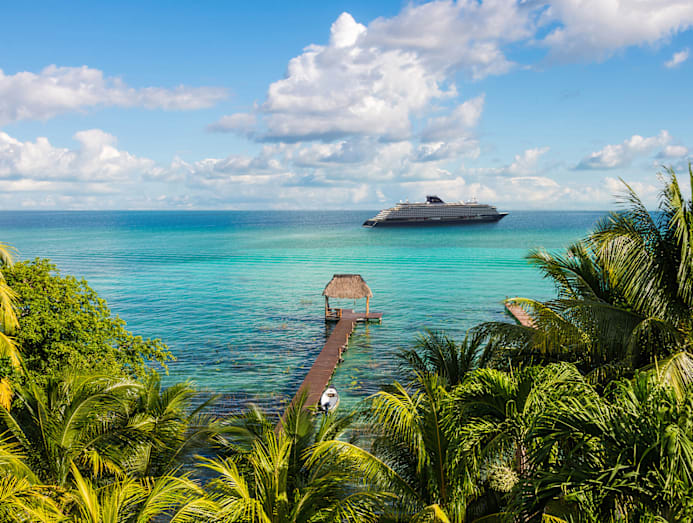
With regard to reaching lesser-known areas, luxury cruises offer another mode. More luxury cruises, including those offered by traditional hotel brands such as Aman, Regent and The Ritz-Carlton are bucking the trend. Marriott International’s The Intentional Traveller report also highlighted that more luxury travellers are drawn to cruises as a new way of discovering destinations.
At ILTM Asia Pacific, Achille Staiano, chief commercial officer of Explora Journeys explained how its ships, being smaller than large cruise liners catering to masses, offer more unique itineraries and reach more ports. “The idea is that we bring travellers to a very accessible port by embarkation – via train, bus, plane or car – and then we go off the beaten paths to smaller places like Portofino, Capri or Paxos.”
Staiano added: “All these places are extremely appealing to our guests – and you cannot do them so quickly without ships like ours.”







